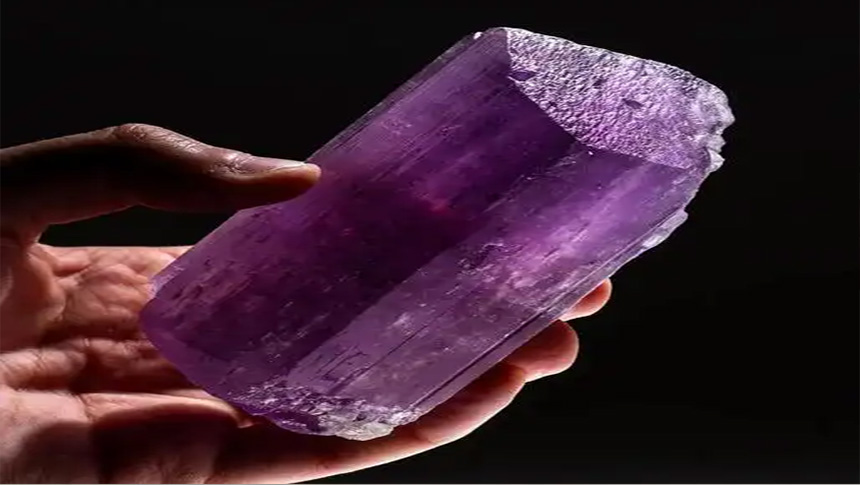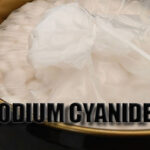
1. Spodumene (LiAlSi₂O₆) Flotation Fundamentals
Composition: Contains 4.5–8% Li₂O, critical for lithium extraction in batteries and ceramics.
Flotation Challenges:
- Surface Sensitivity: Pure surfaces float readily with oleic acid, but mud contamination or weathering reduce hydrophobicity.
- Ion Interference: Dissolved Cu²⁺, Fe³⁺, and Al³⁺ in pulp activate both spodumene and gangue, necessitating pre-flotation desliming and alkali treatment.
Optimal Flotation Conditions
| Reagent/Parameter | Role | Recommended Range |
|---|---|---|
| pH Adjustment | Use NaOH or Na₂CO₃ to suppress gangue and enhance selectivity. | pH 7–7.5 (neutral-weakly alkaline) |
| Collector | Oleic acid (most effective) or naphthenic acid for hydrophobic bonding. | 500–1,000 g/t (adjust for ore grade) |
| Regulators | Sodium fluoride (activator) + lignosulfonate (dispersant). | Fluoride: 200–500 g/t; Lignosulfonate: 100–300 g/t |
| Stirring Intensity | Higher speed (7x increase) boosts recovery by 40% via improved particle-collector contact. | 1,500–2,000 RPM (vs. standard 200–300 RPM) |
| Particle Size | Optimal <0.15 mm; recovery drops to 22% at 0.3 mm due to poor bubble attachment. | -0.15 mm (-100 mesh) |
Inhibitors
- Strong Inhibitors: Water glass, dextrin, starch (starch shows highest selectivity for spodumene suppression).
- Effect: Starch inhibits spodumene first, then gangue; water glass lacks selectivity, suppressing both minerals.

2. Lepidolite (KLi₃Al₄Si₇O₂₁F₃) Flotation Strategies
Composition: Contains 1.2–5.9% Li₂O, often recovered from fine-grained deposits.
Processing Flow:
- Coarse Fraction: Hand sorting, winnowing, or friction separation for pre-enrichment.
- Fine Fraction: Flotation using cationic collectors.
Key Reagent Insights
| Reagent/Parameter | Role | Optimal Conditions |
|---|---|---|
| Collector | Octadecylamine (primary choice) for electrostatic adsorption on mineral surface. | Dosage: 100–300 g/t; effective in acidic (pH 4–6) and neutral (pH 7–8) media. |
| Activation | Hydrofluoric acid (HF) removes surface oxides, enabling oleic acid adsorption on unactivated minerals. | HF: 50–100 g/t (pre-conditioning step). |
| Inhibitors | Iron/aluminum/lead salts, Na₂S, starch, Na₂HPO₄ suppress lepidolite flotation. | Starch + Na₂S + bleaching powder: strongest combined inhibitor for gangue rejection. |
| Activators | Li₂CO₃ or Li₂SO₄ enhance surface charge compatibility with collectors. | Dosage: 200–400 g/t (adjust based |
pH and Ion Impact
- Acid/Neutral Media: Octadecylamine performs best at pH 4–8, avoiding hydroxide precipitation of metal ions.
- Metal Ion Effects: Cu²⁺, Al³⁺, and Pb²⁺ sulfates activate lepidolite, while nitrates inhibit flotation.
Operational Best Practices for Lithium Minerals
- Pre-Flotation Preparation:
- Deslime using hydrocyclones or screens to remove <20μm colloidal clays.
- Adjust pulp pH and reduce dissolved metal ions via alkali conditioning (e.g., NaOH).
- Reagent Sequencing:
- Add depressants (e.g., starch) before collectors to suppress gangue (e.g., quartz, feldspar).
- For lepidolite, use HF activation prior to cationic collector addition.
- Particle Size Control:
- Grind spodumene to <0.15 mm; employ regrinding for coarse particles to improve liberation.
- Environmental Considerations:
- Manage HF and cyanide-containing wastewater via neutralization and chemical precipitation.
- Use starch-based inhibitors for biodegradability and reduced ecological impact.
- Spodumene: Prioritize fine grinding, pH optimization (7–7.5), and oleic acid-based collectors with fluoride activation.
- Lepidolite: Leverage cationic collectors (e.g., octadecylamine) in acidic/neutral media, with HF pre-treatment for refractory ores.
- Testing: Conduct bench-scale flotation tests to validate reagent dosages and particle size targets for specific ore types.




